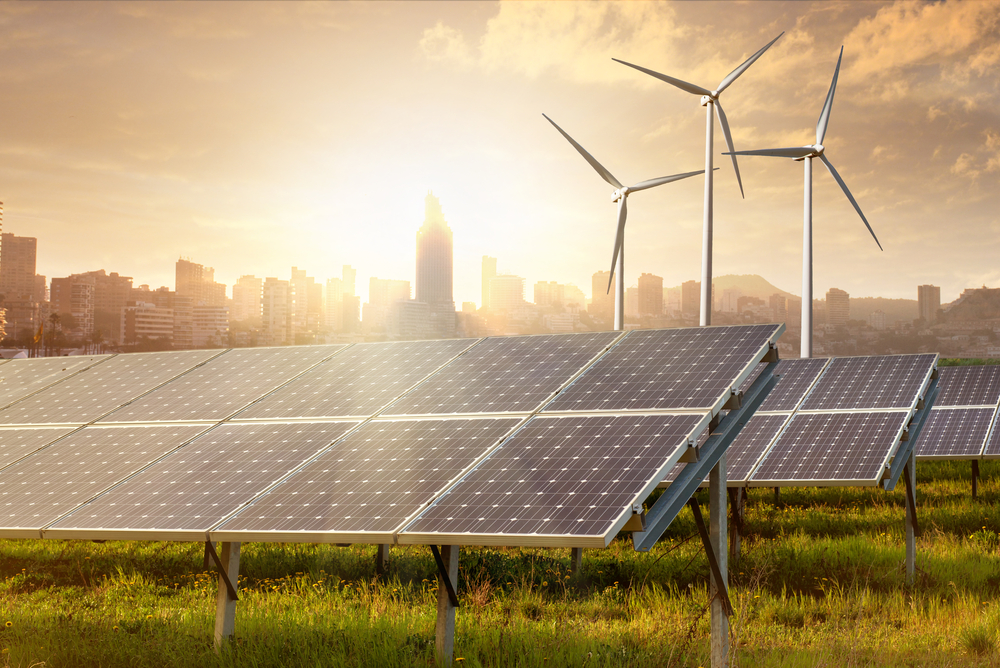
How do wind turbines work?
Electricity generation with wind
Vflit Milestone in clean energy investments
The now operational wind farm is among five wind projects across seven counties in the state. Collectively, these projects provide our customers and communities with new renewable energy and are expected to provide power to many homes.
We are now growing larger year by year in the United States.We continue on the path toward achieving our new, aspirational goal of eliminating CO2 emissions from the energy we generate by 205
The key Advantages of Wind Power
• Wind power is cost-effective. Wind has no associated fuel expenses, which helps provide long-term cost stability to customers.
• It’s a clean fuel source. Wind energy doesn’t pollute the air like power plants that rely on combustion of fossil fuels, such as coal or natural gas, which emit particulate matter, nitrogen oxides, and sulfur dioxide—causing human health problems and economic damages. Wind turbines don’t produce atmospheric emissions that cause acid rain, smog, or greenhouse gases.
• Wind is a domestic source of energy.
• It’s sustainable. Wind is actually a form of solar energy. Winds are caused by the heating of the atmosphere by the sun, the rotation of the Earth, and the Earth’s surface irregularities. For as long as the sun shines and the wind blows, the energy produced can be harnessed to send power across the grid.
• Wind turbines can be built on existing farms or ranches. This greatly benefits the economy in rural areas, where most of the best wind sites are found. Farmers and ranchers can continue to work the land because the wind turbines use only a fraction of the land. Wind power plant owners make rent payments to the farmer or rancher for the use of the land, providing landowners with additional income.
Let’s start
Contact your Business Account Manager or the Business Resource Center to learn more.
e-mail: contacts@vflit.com
